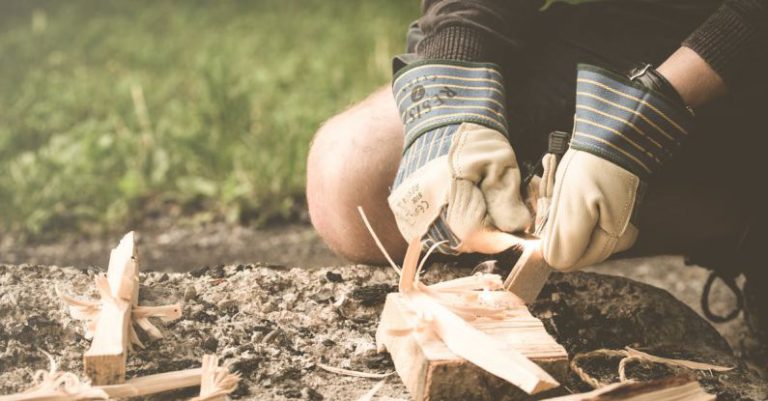
Emergencies can happen when we least expect them, and knowing how to signal for help can make a critical difference in getting the assistance you need. Whether you find yourself lost in the wilderness, stranded on the side of the road, or in any other emergency situation, being able to effectively communicate that you require help is essential for your safety and well-being.
—
Using Auditory Signals
In many emergency situations, using auditory signals can be an effective way to attract attention and signal for help. If you are lost in the wilderness or need assistance in a remote area, creating loud noises such as shouting, blowing a whistle, or banging on objects can help alert others to your presence. These sharp, repetitive sounds can cut through the surrounding noise and indicate that you are in distress.
—
Visual Signals: Fire
Fire has long been used as a traditional method for signaling distress. In a wilderness survival situation, building a signal fire can attract the attention of rescuers or passing aircraft. To create a signal fire, gather dry wood and kindling to produce a large, visible flame. Adding green vegetation or other materials that create dark smoke can enhance the visibility of the fire, making it easier for others to spot from a distance.
—
Visual Signals: Signaling Mirror
A signaling mirror is a compact and lightweight tool that can be highly effective for attracting attention in an emergency. By reflecting sunlight with a signaling mirror, you can create a bright flash of light that can be seen from miles away. To use a signaling mirror, aim the reflection towards the target you want to signal and adjust the angle until the light beam hits the desired location. This method is particularly useful for signaling aircraft or search parties.
—
Using Signals in Urban Environments
In urban environments, there are various ways to signal for help effectively. If you are in distress in a city or populated area, waving your arms, using a flashlight to signal SOS in Morse code, or even writing a help message on a piece of paper and holding it up to a window can all be effective methods to attract attention. In situations where verbal communication may be challenging, visual signals are crucial for getting the help you need.
—
Using Technology for Signaling
In today’s digital age, technology can also play a vital role in signaling for help during emergencies. Carrying a fully charged cell phone with you can enable you to call emergency services or send your GPS location to rescuers. Additionally, using emergency signaling apps that can send distress signals or track your location in real-time can be valuable tools in getting help quickly.
—
Stay Calm and Assess Your Surroundings
In any emergency situation, it is essential to remain calm and assess your surroundings before deciding on the best method to signal for help. Take a moment to evaluate your location, resources, and the potential risks involved. By staying composed and focused, you can make more informed decisions about how to effectively communicate your need for assistance.
—
In Conclusion: Be Prepared to Signal for Help
Knowing how to signal for help in an emergency is a critical skill that can save lives. Whether you are in the wilderness, on the road, or in an urban setting, being prepared with the knowledge and tools to effectively communicate your distress can make a significant difference in getting the help you need. By utilizing auditory signals, visual cues, technology, and staying calm under pressure, you can increase your chances of being located and rescued in a timely manner. Remember, being proactive and resourceful in signaling for help can be the key to a successful outcome in an emergency situation.





